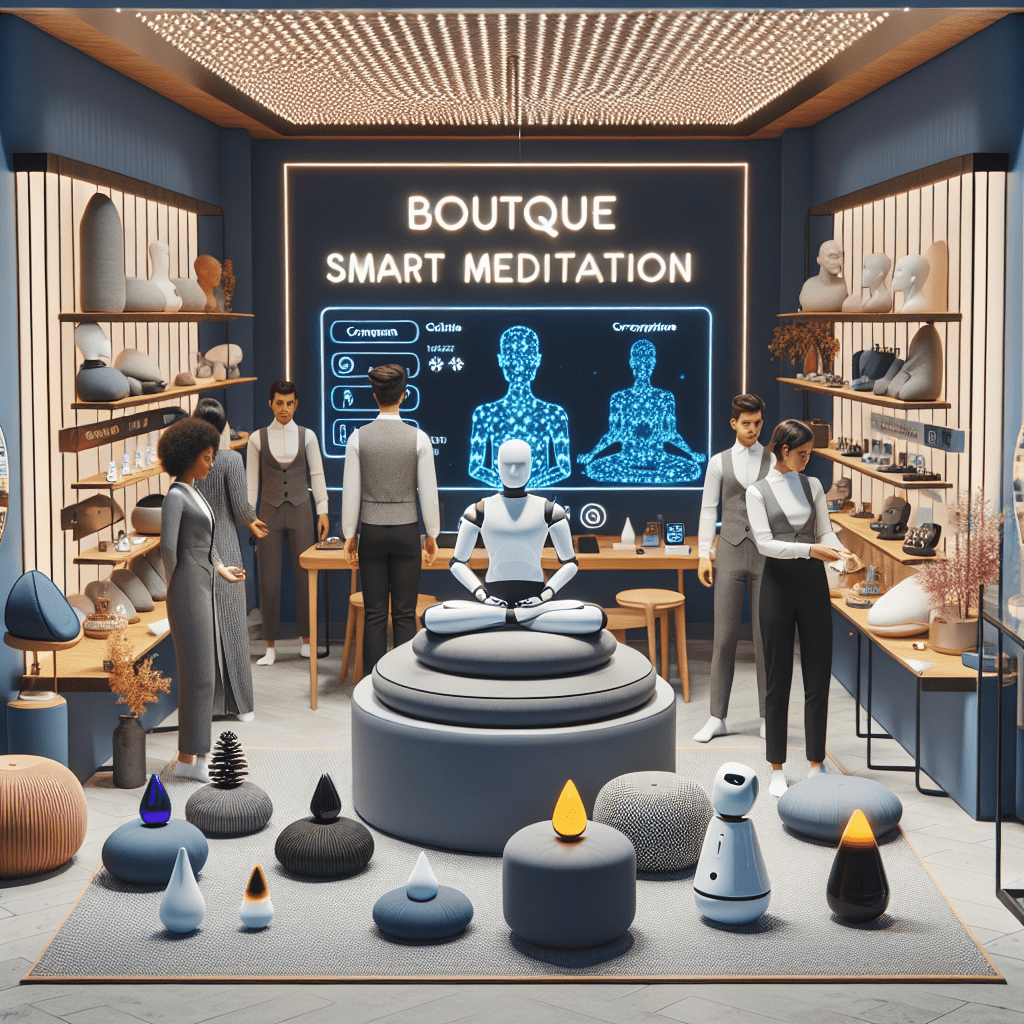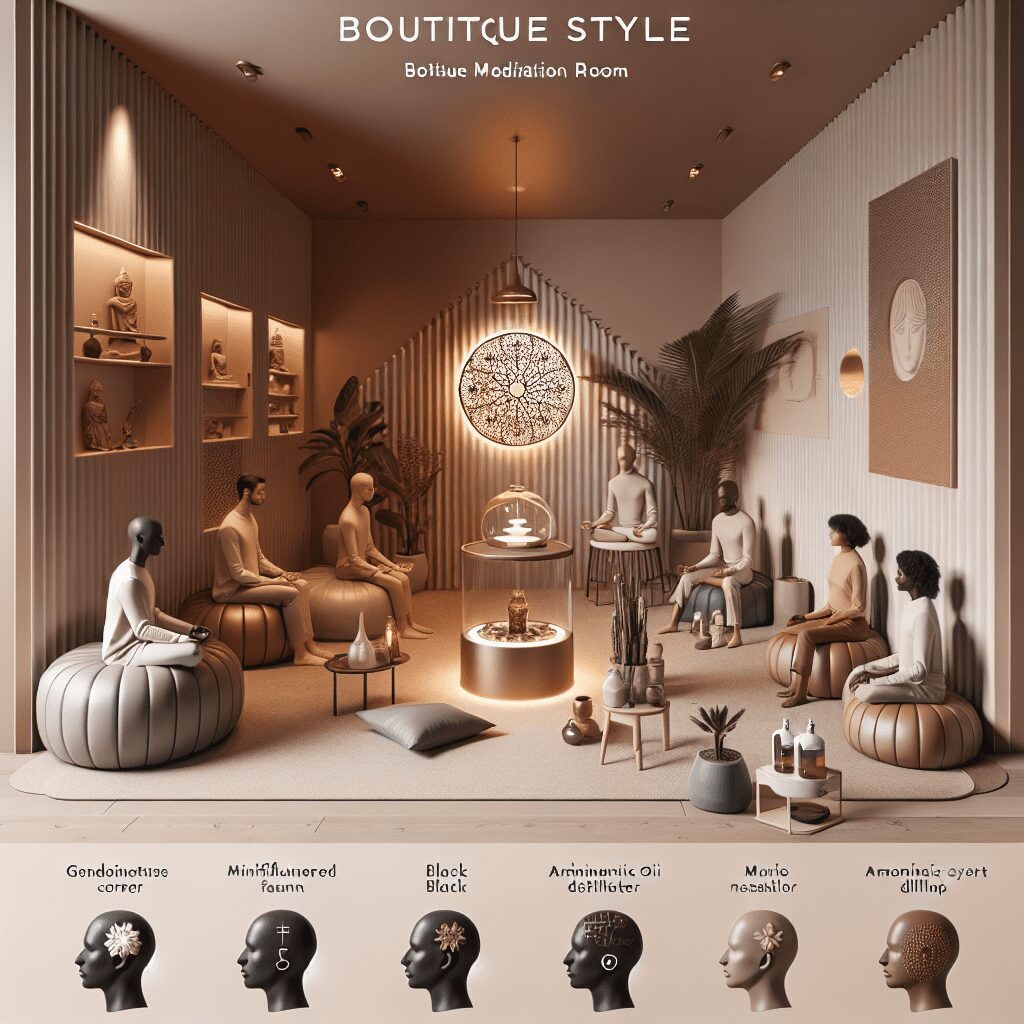
Prioritize your mental well-being daily. Enhance your life by nurturing your mental health with the Smart Meditation app. Break free from stress, alleviate anxiety, and enhance your sleep quality starting today.
How To Describe Anxiety And Depression To Someone?
Unlocking the Enigma: Describing Anxiety and Depression
In the labyrinth of the human psyche, two shadows often loom large, casting their pall over the mind’s landscape — anxiety and depression. These mental health challenges, as pervasive as they are perplexing, touch countless lives, yet remain enigmatic to those who’ve never walked through their murky corridors. How does one articulate the depth and nuance of these experiences? Let’s embark on a quest to demystify and convey the essence of living with anxiety and depression.
The Multifaceted Shades of Anxiety
Imagine your brain being a bit of a drama queen, perceiving threats in the benign, the everyday. Anxiety, in essence, is the mind’s false alarm system going haywire, constantly whispering (or at times, shouting) that something’s amiss. It’s akin to having an overzealous internal watchdog that barks at every leaf rustling in the wind.
Here are a few ways to paint a vivid picture of anxiety:
- The Physical Carousel: Describe the sensations — the heart racing like it’s in the final lap of a Grand Prix, sweaty palms that could give Niagara Falls a run for its money, and a stomach that feels like it’s hosting a butterfly convention.
- The Mental Maze: It’s like having a browser with 100 tabs open in your head, all at once. Thoughts race at a mile a minute, each clamoring for attention, making concentration a Herculean task.
- The Emotional Rollercoaster: Anxiety is the anticipatory dread before an event that may or may not happen. It’s the fear of impending doom, of making a mistake, or of being judged, turning everyday decisions into monumental, paralyzing dilemmas.
Descending into the Depths of Depression
Where anxiety is a tempest, depression can be the eye of the storm — a deceptive calm filled with an overwhelming emptiness. It’s not just feeling “down” or “blue”; it’s as if the very color has drained from the world, leaving everything in shades of gray.
To encapsulate depression, consider these descriptors:
- The Emotional Abyss: It’s like being encased in a bubble where everything feels distant. Joy, enthusiasm, and energy are ghosts of their former selves, leaving one feeling perpetually flat, empty, or even a profound sadness that does not ease.
- The Physical Burden: Describing the lethargy can be effective — it’s not simply tiredness but a bone-deep exhaustion that no amount of sleep can cure. It feels as though you’re moving through life with heavy weights attached to your limbs.
- The Cognitive Fog: Committing to decisions becomes an arduous task. Memory turns fickle, and focus scampers away like a frightened rabbit. It’s akin to wearing a pair of spectacles with the wrong prescription all day, every day.
Bridging the Understanding Gap
So, why go to lengths painting these pictures? Because empathy is the bridge that connects our isolated islands of experience. By using analogies and metaphors, we offer a hand to those who struggle to grasp what it feels like to live in the grips of anxiety and depression. These descriptions are not mere words; they’re vehicles of understanding, transporting listeners right into the heart of the matter.
In discussing these conditions, it’s paramount to underscore a crucial reality — anxiety and depression are both treatable. Encouraging dialogue not only dismantles the stigma but opens doors to support and healing. As society becomes more literate in the language of mental health, we pave the way for a future where no one has to navigate these turbid waters alone.
So, the next time you’re tasked with elucidating the intricacies of anxiety and depression, remember: you’re not just detailing symptoms; you’re illuminating a path out of the shadows, making the invisible, visible. And in that visibility, there is hope.





